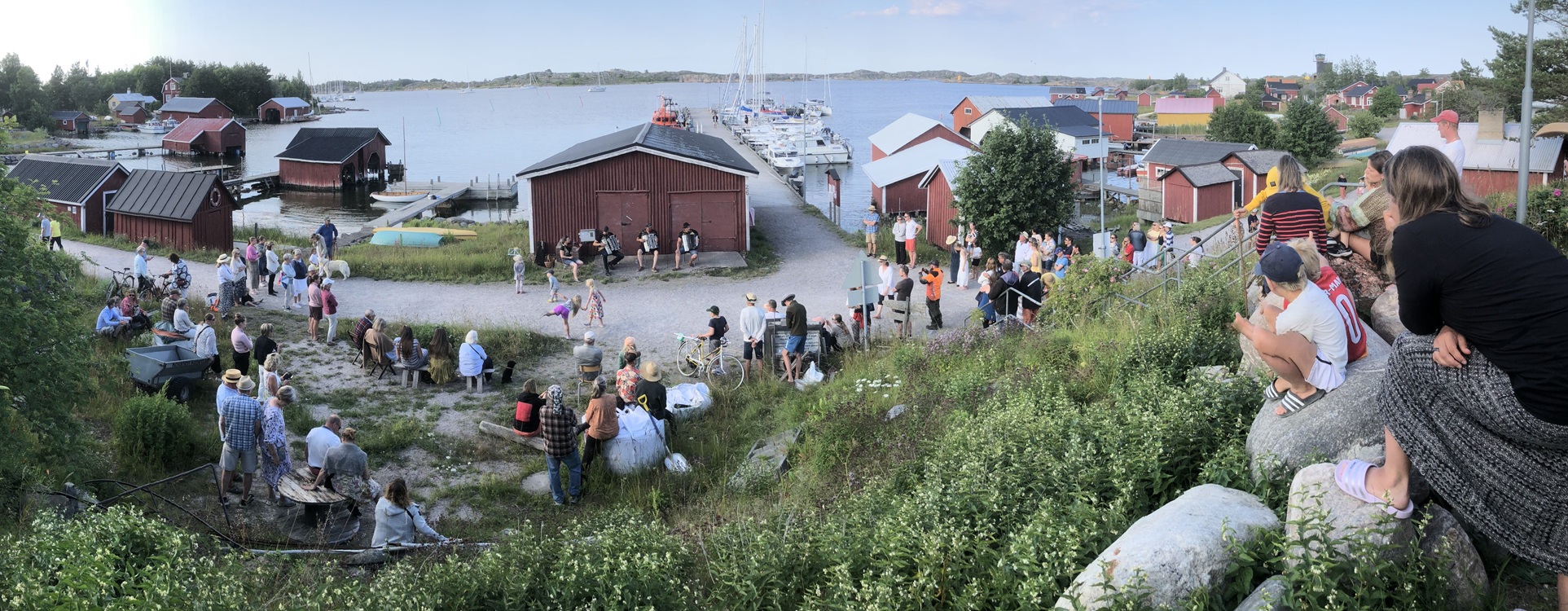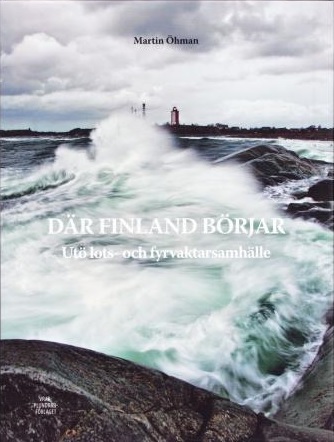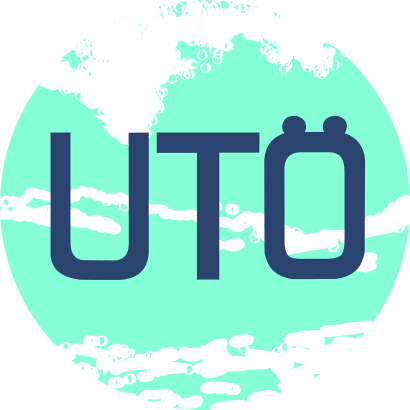LOCAL
HERITAGE
SOCIETY
Utö Then and Now
History of Utö
Utö is located at the outermost edge of the Finnish archipelago, at the entrance to the most important shipping lane in the area.
Since at least the 17th century, Utö has served as a base for pilots, lighthouse keepers, customs officials, and the military. The pilotage and shipping lane gave rise to a permanent settlement in the 1740s. Earlier, likely as far back as the Middle Ages, Utö had been used by seasonal fishermen.
During the Russian period, pilot and lighthouse services increased significantly, and a small customs station was also established on the island. As a result, by the end of the 19th century, Utö’s population reached about 150 people spread across approximately 25 households.
In the lead-up to the First World War, the Russian military established a presence on the island, and Utö was heavily fortified. During the war, the island’s residents were evacuated. The Russians radically altered the village landscape by demolishing and constructing buildings and by paving a cobblestone street through the village.
A railway track for ammunition transport was also laid along the street. The track was not dismantled until the 1960s. The Russians disappeared from Utö’s history in 1918, but the military has remained part of the village’s landscape ever since the First World War. The military finally withdrew from the island at the end of 2005.
 Aspö Spelmän performing in the summer of 2025. Photo: Jiri Otta
Aspö Spelmän performing in the summer of 2025. Photo: Jiri OttaUtö Now
Utö is a very popular destination for tourists, day visitors, and boaters. The island offers various forms of services. There is a shop with a comprehensive range of daily goods available year-round. Additionally, there are hotel and accommodation services, guest harbours, a café, and guided tours.
Around 40 people live on Utö year-round. The number of people multiplies when part-time residents and summer visitors arrive on the island to spend their leisure time and vacations here.
There are rental homes available for year-round living, which makes it possible for people who want to live and experience life in the outer archipelago to move in. At the same time, new residents help keep Utö a vibrant community throughout the year.
The Finnish-language school, covering grades 0-6, and family daycare services make it possible for families with children to settle on Utö. There is also a library, which is open one day a week. During the summer, visitors can explore the local history museum.
Several government agencies and other operators are active here, such as Finnpilot, the Finnish Defence Forces, the Environmental Centre, the Meteorological Institute, and telecommunications providers.
Utö has a first response group operating under the Red Cross. This group responds to cases of illness or accidents.
Utö is a small, densely populated island, and when moving around the island, it is important to respect the residents’ privacy, the harsh and sensitive nature, and the rich birdlife during nesting season.
The historian and Utö resident Martin Öhman has written several books about Utö. The latest, Där Finland börjar: Utö lots- och fyrvaktarsamhälle, was released in 2014 and contains further information about the history of Utö, in Swedish.
The book is available at Utö Handel and can also be ordered through the Local Heritage Society: utohbf@gmail.com.



